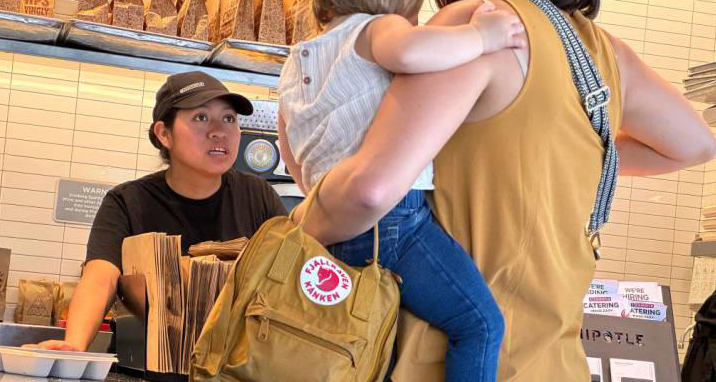‘I Feel Ripped Off’: Californians Fed Up with Fast Food Chains Hiking Prices Are Now Biting Back — By Taking Their Business Elsewhere

Californians, frustrated by the rising prices at fast food chains, are increasingly taking their business elsewhere. This shift is driven by a sense of being overcharged for what they perceive as declining quality and value. As a result, many consumers are exploring alternative dining options that offer better value for their money.
Reasons for Price Hikes
Several factors have contributed to the rising prices at fast food chains:
- Inflation: General inflationary pressures have increased the cost of ingredients, labor, and transportation.
- Supply Chain Issues: Disruptions caused by the COVID-19 pandemic and other global events have led to higher costs for many food products.
- Labor Costs: Increased minimum wages and labor shortages have driven up operating costs for fast food restaurants.
Consumer Reactions
Many Californians feel that the price increases are unjustified, especially given the perceived decline in portion sizes and quality. Customers report feeling “ripped off” and are vocal about their dissatisfaction on social media and review platforms. This dissatisfaction has led to a noticeable shift in dining habits.
Where Californians Are Going Instead
- Local Eateries and Food Trucks Local restaurants and food trucks have seen an uptick in business as they often offer better value, fresher ingredients, and more personalized service. Consumers appreciate the opportunity to support small businesses and enjoy unique, locally-sourced menu items.
- Grocery Stores and Meal Prep Services Many consumers are opting to cook at home more frequently, buying ingredients from grocery stores or using meal prep services that deliver ready-to-cook meals. These options can be more cost-effective and healthier than fast food.
- Fast Casual Restaurants Fast casual dining establishments, such as Chipotle and Panera Bread, offer a higher quality dining experience at a slightly higher price point than traditional fast food. These restaurants emphasize fresh ingredients and customizable options, which appeal to health-conscious consumers.
- Subscription Meal Kits Services like Blue Apron, HelloFresh, and EveryPlate are gaining popularity. These meal kits provide pre-portioned ingredients and recipes, making it convenient to prepare home-cooked meals without the hassle of grocery shopping.
- Ethnic and Specialty Food Markets Ethnic markets and specialty food stores offer a wide range of affordable, high-quality ingredients that allow consumers to experiment with new cuisines and flavors. These stores often provide a sense of community and cultural connection that appeals to many Californians.
Implications for Fast Food Chains
The shift away from fast food chains due to price hikes has several implications:
- Revenue Decline: Fast food chains may see a decrease in revenue as consumers take their business elsewhere.
- Menu and Pricing Adjustments: To win back customers, fast food chains may need to reevaluate their pricing strategies and enhance the quality and value of their menu offerings.
- Customer Loyalty Programs: Implementing or enhancing loyalty programs can help retain customers by offering discounts, rewards, and personalized promotions.
- Marketing and Communication: Clear and transparent communication about price changes and the reasons behind them can help mitigate customer dissatisfaction.
Future Trends
The trend of consumers seeking better value and quality is likely to continue. Fast food chains must adapt to changing consumer preferences by focusing on quality, transparency, and competitive pricing. Innovation in menu items and the integration of technology for a seamless dining experience will also be key to attracting and retaining customers.





